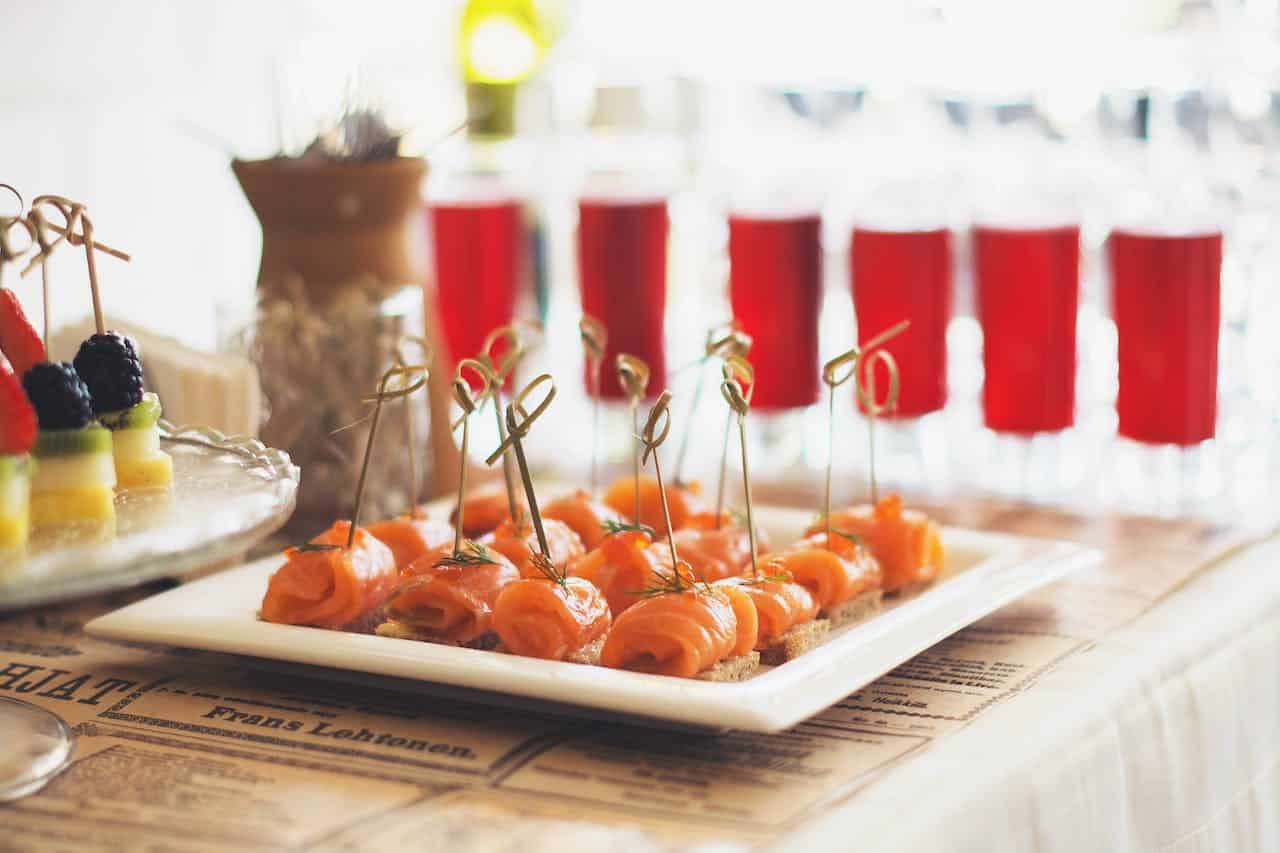The History of the Antique Dining Table
The History of the Antique Dining Table
 All inclusive eating on large oak refectory tables was the order of the day from the Middle Ages to the 17th century when a more genteel style of eating in allocated dining rooms rather than large dining halls created opportunities for cabinet makers to create smaller and more refined pieces of furniture.
All inclusive eating on large oak refectory tables was the order of the day from the Middle Ages to the 17th century when a more genteel style of eating in allocated dining rooms rather than large dining halls created opportunities for cabinet makers to create smaller and more refined pieces of furniture.
The long oak refectory antique dining tables of the earlier period were made from abundances of English oak put together with mortise and tenon joints and secured by dowels. These were made by joiners and carpenters rather than the cabinet makers of the later period. Panelled armchairs, stools and benches were the main forms of seating and tables were frame construction with four legs joined by stretchers. The beginning of 17th century saw more elaborately carved arms and stretchers introduced and upholsteries were also being added during the time of Charles II where he brought more flamboyant styles back with him from exile in France.
However, it was when walnut veneers was used on these basic wooden carcasses in the reign of Queen Anne at the beginning of the 18th century that quality English cabinetry really began to make its mark.
Marquetry and parquetry were both used to striking decorative effect to create very grand and fashionable pieces of dining furniture. Everything about dining from then focused on quality and comfort. Characteristics of Queen Anne antique dining chairs were that they were predominantly made of walnut, had stuffed broad seats for comfort, high backs sometimes decorated with vases and other decoration, and two plain plus two sturdy cabriole legs at the front which were richly carved at the knee and had balls and claws at the feet. The dining suite usually consisted of two carvers and at least six side chairs surrounding a much smaller and often round but equally elaborate antique dining table.
When walnut began to run out during the early 18th century, mahogany was imported to replace it and quickly became the cabinet makers’ choice. Its close grain allowed for the heavily extravagant designs of the French rococo which then led to the more delicate carvings of designers such as Thomas Chippendale where latticework chair backs with oriental motifs influenced by Chinese and Japanese imports became known as ‘Chinese Chippendale’. The strength and close grain of mahogany was also able to withstand the much cleaner and less robust features of the neo-classical style, where heart and shield shaped backs introduced by George Hepplewhite created a lighter yet still very strong dining chair and again smaller, slighter and very fine dining tables. In the hands of Thomas Sheraton, antique dining chairs and tables continued to become lighter and more rectilinear, with finely designed motifs and fluted and reeded legs.
Returns were made to the earlier Gothic and Renaissance styles during the Victorian era. At a time when furniture was being manufactured rather than hand made, the Arts and Crafts movement lead by notables such as William Morris, continued to celebrate the skill of the joiner with much plainer, hand crafted oak furniture. Period and reproduction antique dining tables and antique dining chairs can be found through reputable antique dealerships.


